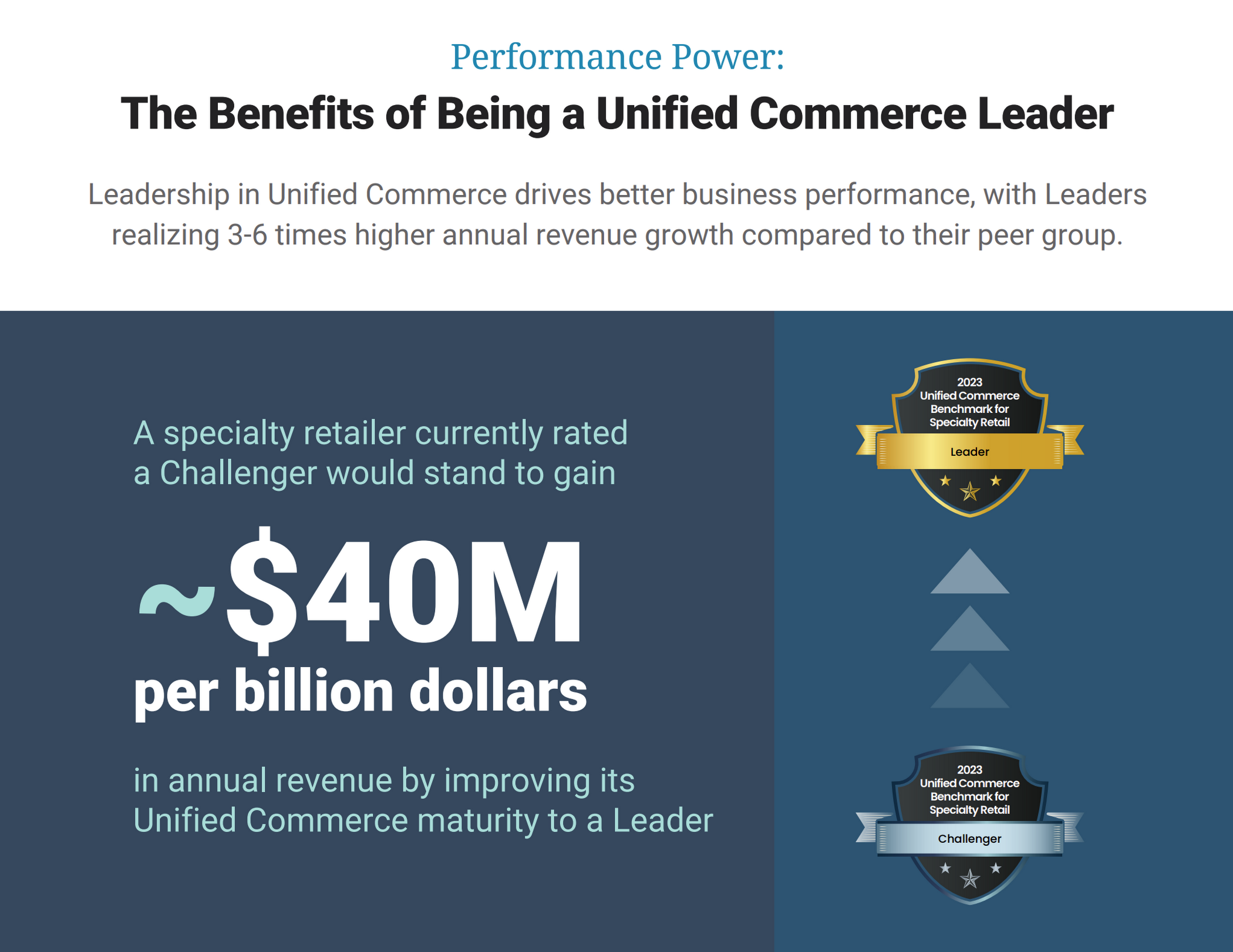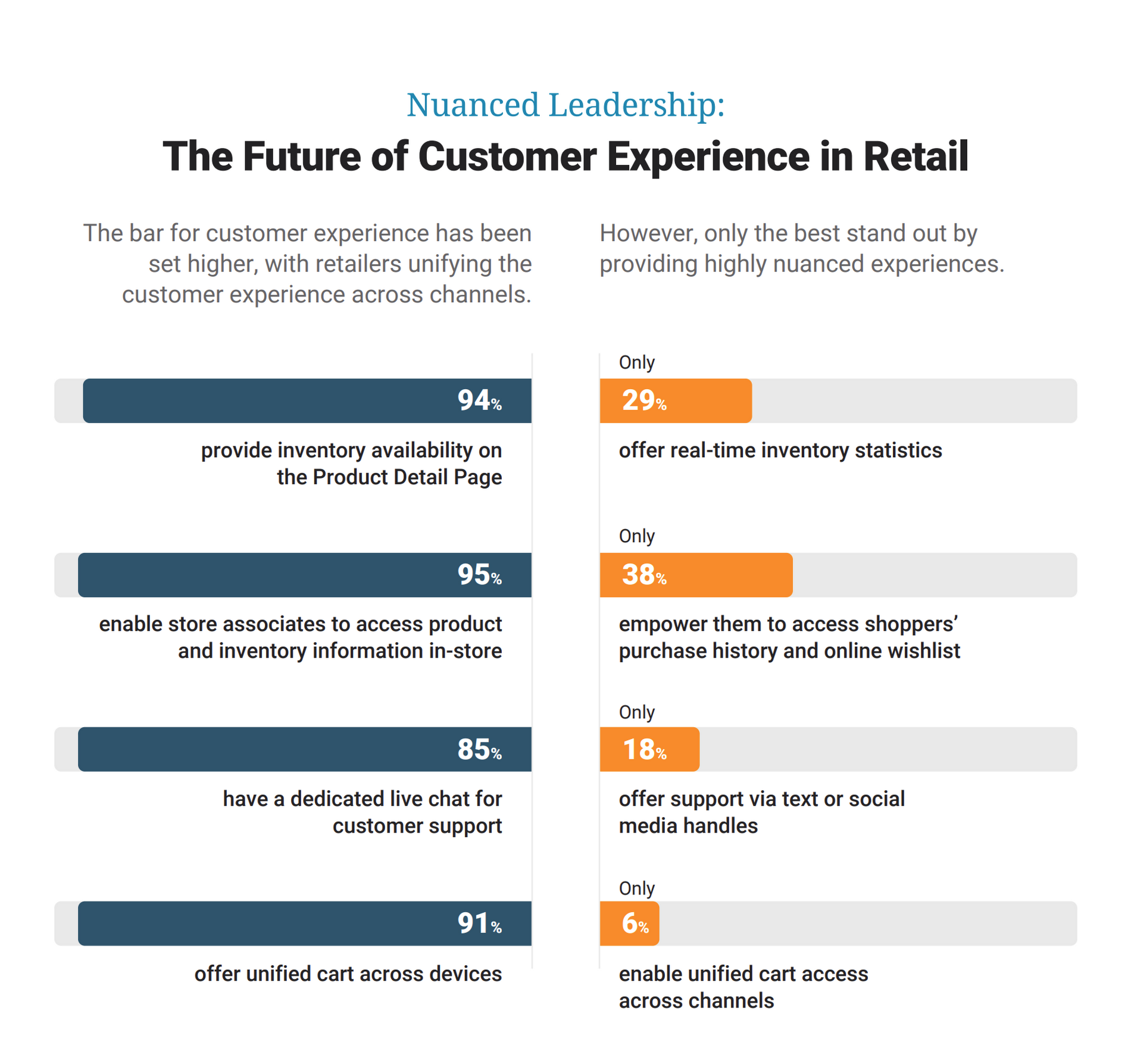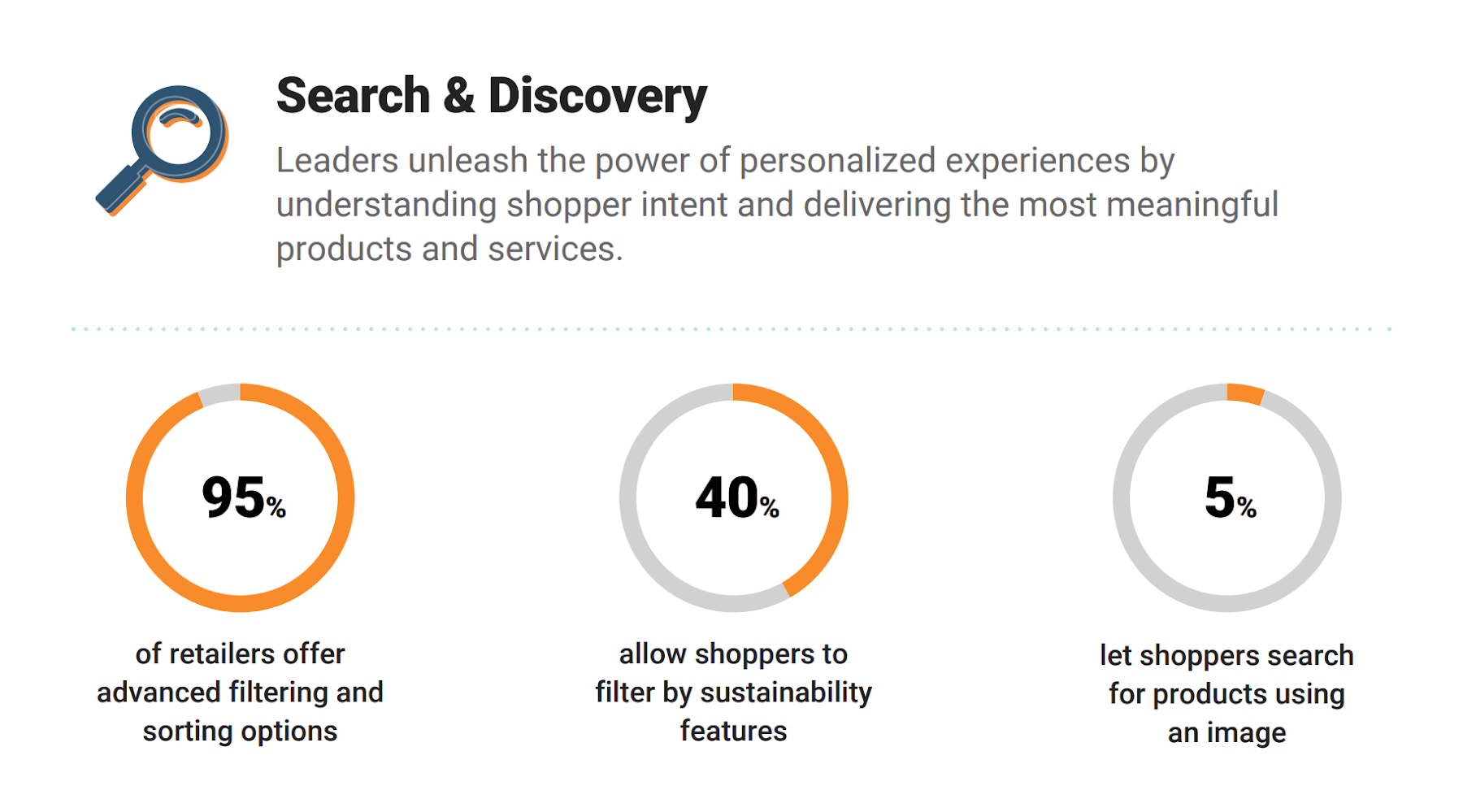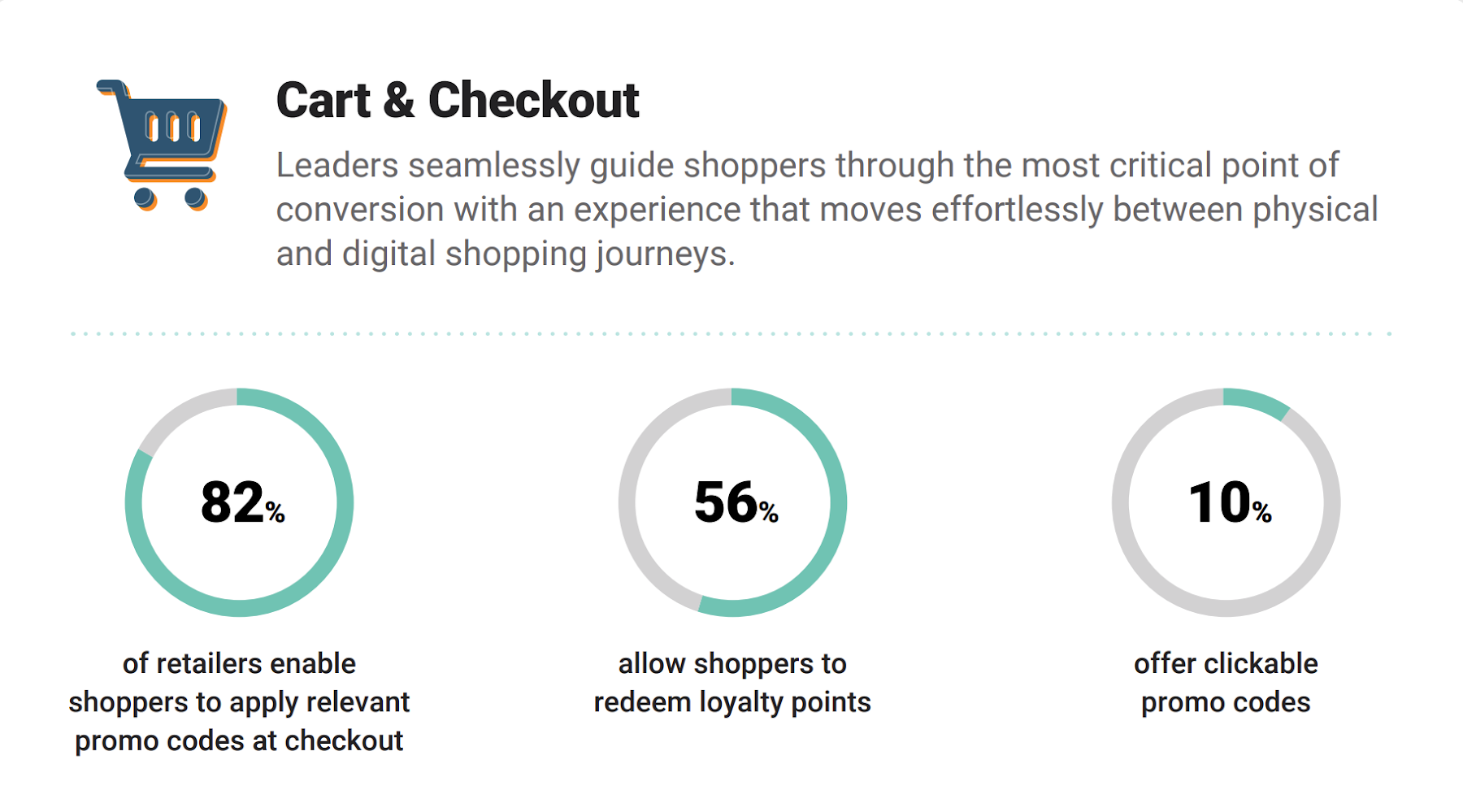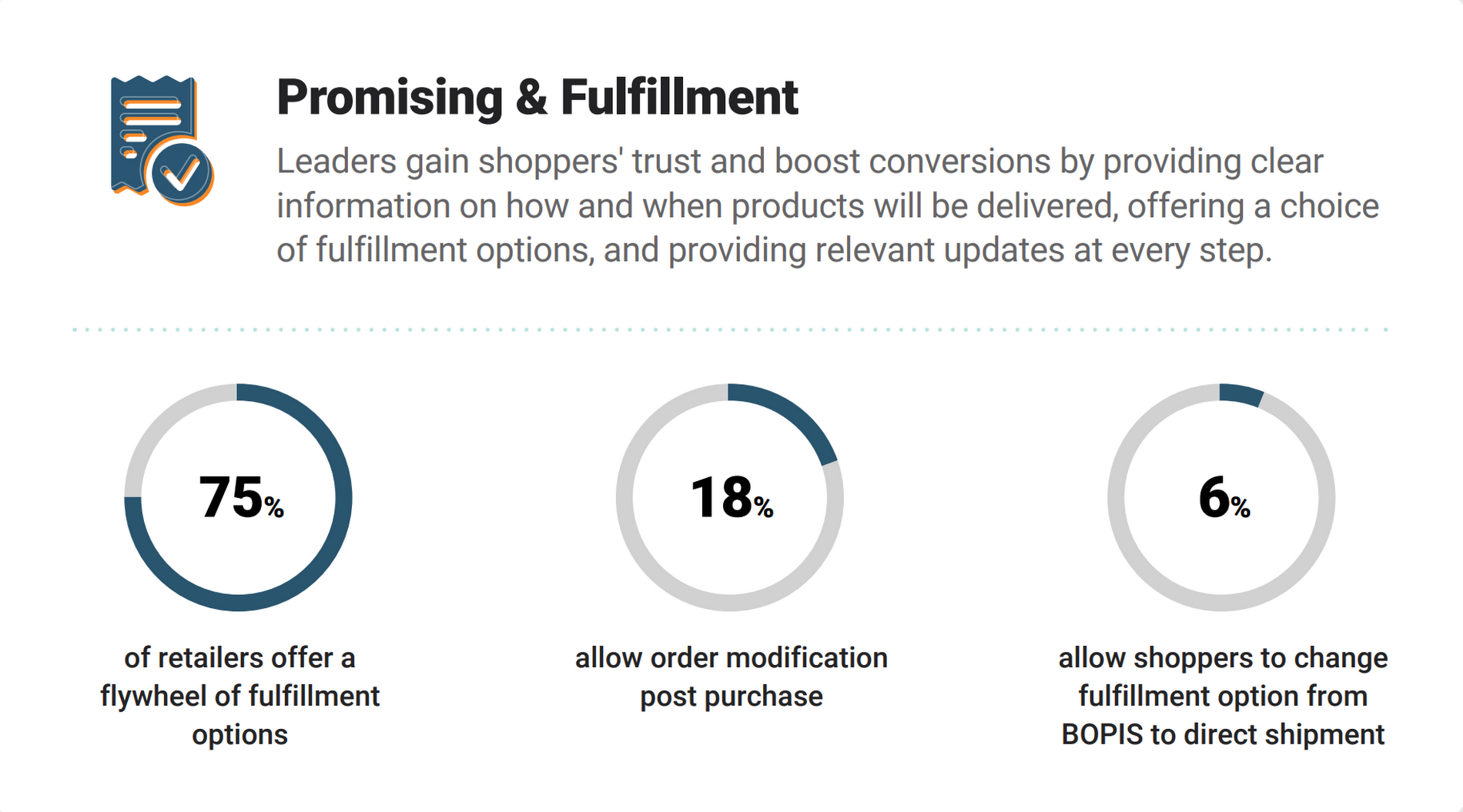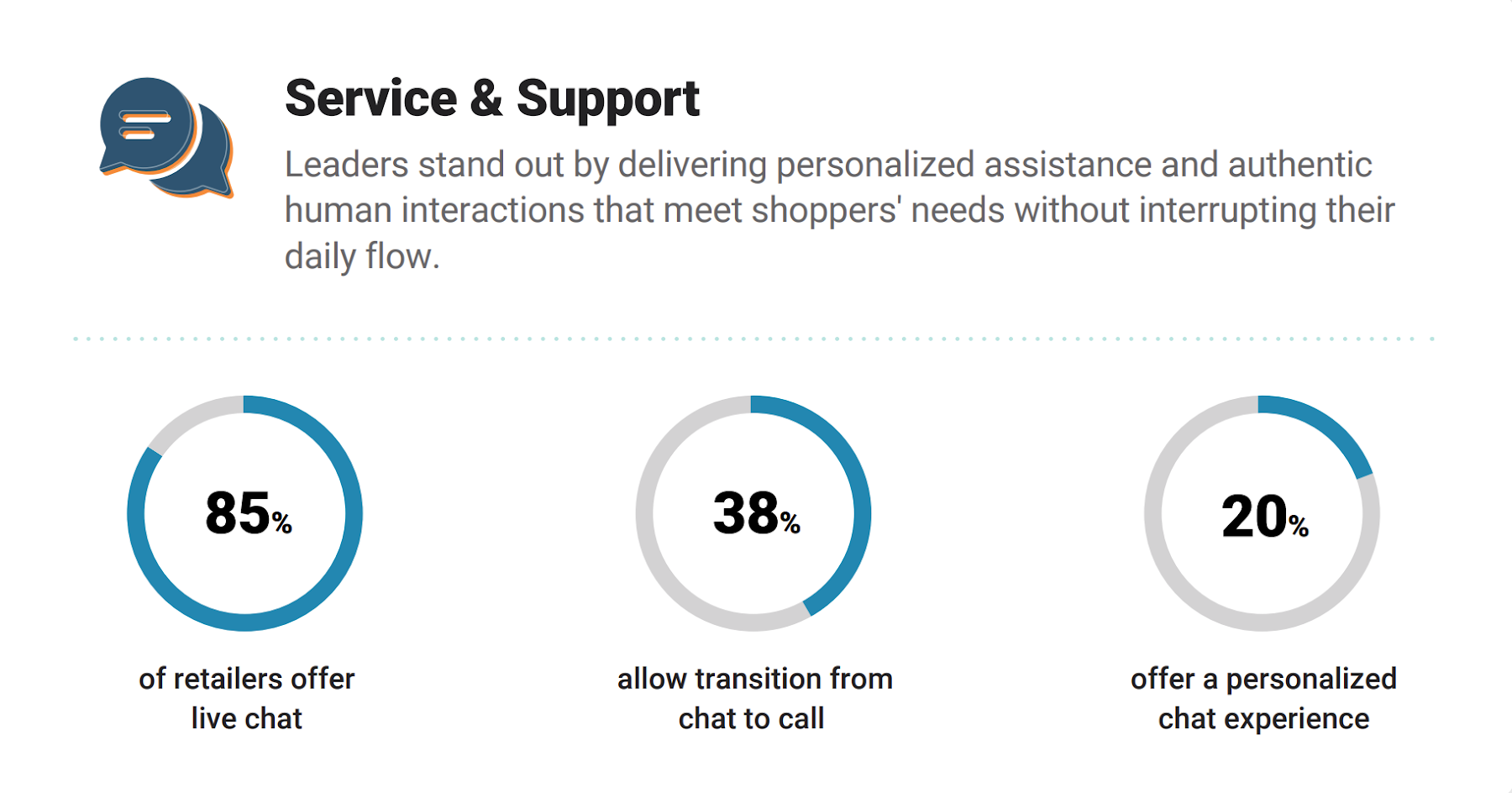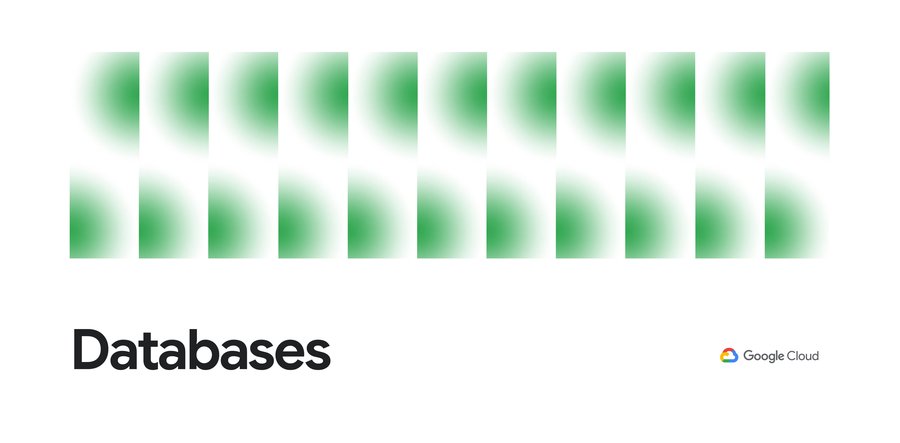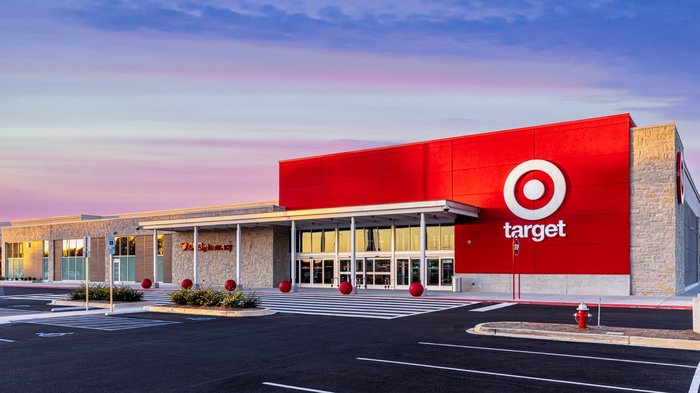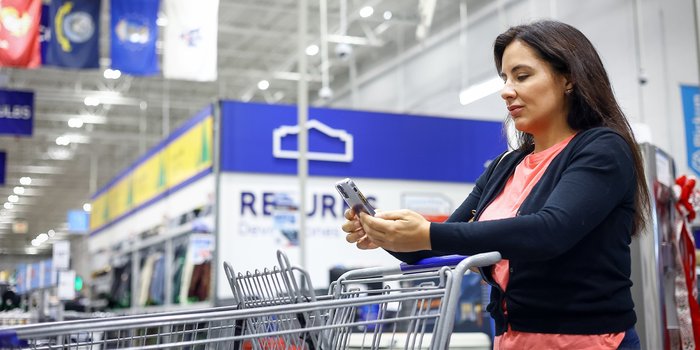Top takeaways from the Unified Commerce Benchmark for Specialty Retail 2023

Amy Eschliman
Managing Director of Retail Solutions Strategy, Google Cloud
A new age of consumerism is reshaping commerce. In today’s rapidly evolving ecosystem, delivering a truly unified experience across digital and in-person engagements is central to a retailer’s ability to differentiate. While omnichannel commerce enhances retail by giving consumers a consistent shopping experience across all channels, unified commerce improves the experience even further.
What is unified commerce?
Unified commerce combines a retailer’s front- and back-end systems to have complete visibility of the customer, inventory, and orders across all channels. This results in better decision making and a highly personalized customer experience, ultimately driving stronger loyalty and revenue growth.
Introducing a first of its kind unified commerce benchmark
Google Cloud, Manhattan Associates, and Zebra Technologies recently engaged with Incisiv to conduct the retail industry’s first unified commerce benchmark. Using real data from customer purchases, returns, and journeys across digital and physical channels, the goal of this study was to find out which retailers offer a top-notch unified commerce experience and see if these leaders enjoy a competitive advantage over their peers.
The 2023 Unified Commerce Benchmark for Specialty Retail assesses 124 retailers over 11 specialty retail segments. It examines the implementation of 286 key attributes that fall in four key capabilities areas:
- Search and discovery
- Cart and checkout
- Promise and fulfillment
- Service and support
Driving revenue growth that outperforms competitors by up to 6X
A prime conclusion of the benchmark study is that unified commerce leaders realize 3-6 times higher annual revenue growth compared to their peer group. A specialty retailer currently rated a challenger would stand to gain ~$40M per billion dollars in annual revenue by improving its unified commerce maturity position from a challenger to a leader.
While most retailers have adopted some basic unification of the customer experience across channels, only 15 out of the 124 retailers benchmarked have gone the extra mile to offer richer and more nuanced customer experiences that truly set them apart. Common challenges in retailers’ efforts to adopt a new unified commerce model include:
- Personalization – Only 38% of retailers give their store associates access to shopper purchase history and wishlists across all channels, making it hard to identify shopper intent and curate a personalized experience that meets expectations.
- Real-time inventory visibility – Only 29% of retailers provide real-time inventory statistics on their product detail pages, limiting visibility into allocatable and saleable inventory.
- Convenience and payment flexibility – Only 15% of retailers provide the option to change purchase fulfillment methods post order confirmation, limiting the ability to provide multiple payment and delivery options.
Here are some other key takeaways and examples of how data, AI, and purpose-built technologies are helping specialty retailers become leaders in unified commerce:
1. Search and discovery
While 95% of retailers offer advanced filtering and sorting options that enable shoppers to find relevant products based on their needs, only 40% allow shoppers to filter by sustainability features, and only 5% let shoppers search for products using an image.
Unified commerce leaders provide highly personalized experiences by understanding what shoppers want and offering them the most meaningful products and services. They educate and inspire shoppers about the latest style trends and make it simple for them to find relevant products through smart search and filtering options online. Shoppers also receive similar guided assistance in store, including back-ordering if a product is out of stock. These retailers make shoppers feel good about what they’re buying and who they’re buying from, being transparent about sustainability considerations such as materials used and supply chain carbon footprint.
To improve recommendations, reduce search abandonment and increase search categories, many retailers are leveraging Google-quality search, browse and recommendation features. Google Cloud Discovery AI for Retail builds personalized retail search experiences based upon nuances in customer behavior, content, and SKUs across channels to deliver more relevant recommendations that drive engagement. ML-powered object recognition and lookup make it easy to conduct searches for similar items in a product catalog based on an image, delivering a richer search and discovery experience for customers.
2. Cart and checkout
While 91% of retailers offer unified cart across devices, only 6% enable unified cart access across channels.
When it comes to cart and checkout, retailers that are leading in unified commerce excel at guiding shoppers through the most critical point of conversion with an experience that moves efficiently and effortlessly between physical and digital shopping journeys. This includes a unified view of a shopper’s cart, online wishlist, and purchase history across channels and devices – accompanied by a wide choice of flexible payment options.
The highly customized shopping experience expected by today’s consumers can only be provided if there is true visibility of inventory availability and flexibility during and after the sale, as provided by solutions like Manhattan Active® Omni and Manhattan Point of Sale Software on Google Cloud. The sole leader in the 2023 Forrester Wave™: Order Management Systems in Q2 2023, Manhattan’s distributed order management solutions leverage intelligent algorithms and machine learning to optimize order orchestration, manage inventory allocation, and reroute fulfillment processes. This means stores can better leverage their distribution centers and store networks to seamlessly fulfill online and in-store orders.
3) Promise and fulfillment
While 75% of retailers offer a flywheel of fulfillment options, only 18% allow order modification post purchase, and a mere 6% allow shoppers to change their fulfillment option from “buy online, pickup in store” to direct shipment.
Unified commerce leaders gain shoppers’ trust and boost conversions by providing clear information on how and when products will be delivered, offering a choice of delivery and pick-up options, and providing relevant updates at every step of the shopper’s journey. This is complete with post-order flexibility such as complete or partial cancellations.
Zebra and Google Cloud are transforming the modern store with visibility software that provides enterprise asset intelligence (EAI) at the edge. IoT, cloud, connected mobile devices, mobile apps, location systems, wireless local area networks (WLANs) and security technologies are coming together so that every asset and worker on the edge of a retailer’s operations can be visible, connected and fully optimized. Retailers gain real-time visibility into every aspect of its business to track and trace a product through the supply chain — ultimately boosting the real-time inventory visibility, front-line worker enablement and fulfillment flexibility needed to drive unified commerce and improve productivity and reduce costs.
4) Service and support
While 85% of retailers have a dedicated live chat for customer support, only 18% offer support via text or social media handles.
Unified commerce leaders stand out by delivering the high touch personalized service and authentic interactions shoppers demand, without interrupting the natural flow of their day. They offer a wide variety of self-serve and full-service options that include text, in-store assistance, call centers, social media support, and live agents on their website and mobile app.
Google Cloud delivers cutting-edge conversational AI technologies that include pre-trained models for speech-to-text, text-to-speech and natural language understanding, and has been recognized as a Leader in the 2023 Gartner® Magic Quadrant™ for Enterprise Conversational AI Platforms. The end-to-end Google Cloud Contact Center AI Platform (CCAI) solves the needs of customer experience and contact center leaders looking to enable and orchestrate high-quality conversational experiences at scale.
Using Dialogflow, retailers can grow services in a cost-effective way by building virtual agents for self-service voice and chat interactions that are just as natural as a live agent. Calls requiring accurate responses and real-time suggestions and recommendations can be seamlessly transitioned from virtual agents to human agents while maintaining context with Agent Assist. Customer conversations are analyzed through CCAI Insights, providing real-time, actionable data points on customer queries, agent performance and sentiment trends. These cloud-based technologies improve the efficiency of contact center operations and result in improved customer satisfaction, higher agent productivity and reduced costs.
Discover which retailers are leading the charge in unified commerce
As the general standard of customer experience rises across the board, retailers must be ready to connect digital and in-person experiences — and all the data and systems that enable them. Google Cloud is thrilled to work with retailers — alongside partners such as Manhattan and Zebra — to deliver a new class of unified commerce experiences that modernize retail operations and improve customer value.
Learn more from the findings of this exclusive benchmark and discover which retailers are leading the charge in unified commerce by downloading the study.
